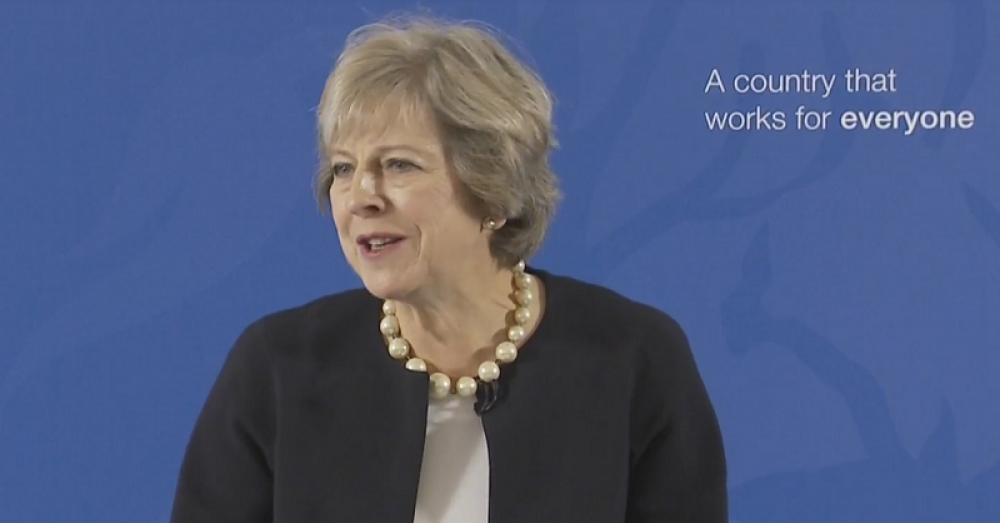A major piece of research by the Education Policy Institute into grammar schools and social mobility has been published today. Here are some of the key findings…
1. Grammar schools have no ‘overall impact’ on attainment
Although 96.7 per cent of grammar school pupils achieve five A* to C GCSEs against a national average of 57 per cent, the EPI says this is not evidence of better grammar school performance, but is in fact likely to be driven by the high prior attainment and demographic of pupils at selective schools.
The EPI’s research found that pupils with high prior attainment, including those eligible for free school meals, did well in both selective and non-selective settings.

2. …or social mobility
The research also failed to find a “significant positive impact” on social mobility, and in fact found that the gap between the proportion of children on free school meals attaining five A* to C GCSEs including English and maths and all other children was actually wider in selective areas (34.1 per cent) than in non-selective areas (27.8 per cent).

3. Poorer pupils, and those with SEN and a first language other than English, are under-represented at grammar schools
The EPI’s report shows that pupils who attend selective schools are “far less likely to be from deprived backgrounds than pupils across all state-funded secondary schools”, and although this is definitely not new information, the data is presented well and deserves repeating.
The think tank found that 2.5 per cent of pupils in selective schools were eligible for free school meals, in comparison to 13.2 per cent across all state-funded secondary schools.
It also found that pupils in selective schools were slightly less likely to have a first language other than English than pupils in the wider population (13.1 per cent compared to 15.7 per cent) and less likely to have SEN (4.0 per cent compared to 12.7 per cent).

The EPI claims that a main cause of the “significant under-representation of disadvantaged pupils in grammar schools” was that, by the time the 11-plus is taken, 60 per cent of the disadvantaged attainment gap – equivalent to 10 months of learning by this stage – has emerged.
4. Attending a grammar school has “no benefit” for high-attaining pupils’ ‘best 8’ grades
By comparing grammar pupils’ ‘best 8’ scores (their average attainment in their best 8 GCSEs) with those of pupils at high-quality comprehensive schools, the EPI has estimated that there is no benefit to attending a selective school.
The report found that there could be some gains in post-16 outcomes such as A level grades and university entry, but that high-quality comprehensives performed as well as grammar schools “in terms of broad GCSE outcomes”.

5. Pupils travel twice as far to go to grammar schools
The EPI examined pupil travel distances and found that, on average, pupils travelled twice as far to attend a selective school than to attend a non-selective school.
The research also found that a quarter of pupils in grammar schools cross local authority boundaries to attend them, compared to 9 per cent in non-selective schools.
Even though grammar schools are only found in 36 of 152 council areas, more than 40 per cent of pupils nationally are within a “reasonable travel distance” of at least one grammar school.

6. Selective schools are more likely to be academies, but less likely to have a religious character
The EPI research examined the governance arrangements, religious character and other characteristics of grammar schools.
It found that selective schools were more likely to be academies, but less likely to be in multi-academy trusts.
It also found that a smaller proportion of selective secondary schools had a religious character than state-funded mainstream secondaries.

7. Indian and Chinese pupils are over-represented at grammars, while white British and black Caribbean pupils are under-represented
Analysis of government data shows that ethnic groups that are over-represented in selective schools include mixed white and Asian, Indian and Chinese pupils.
Grammar schools have almost three times as many Indian pupils (8.2 per cent vs 2.9 per cent), but some other groups, including white British and black Caribbean pupils, are under-represented.
“White British pupils make up 70.9 per cent of all secondary-aged pupils but only 65.9 per cent of secondary-aged pupils in selective schools.”




Your thoughts